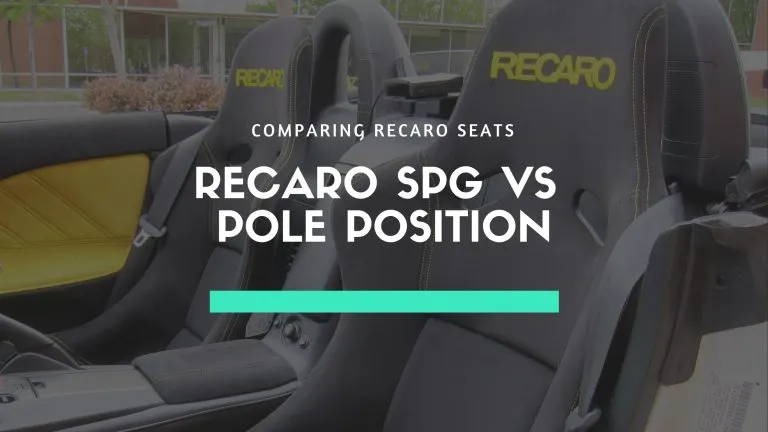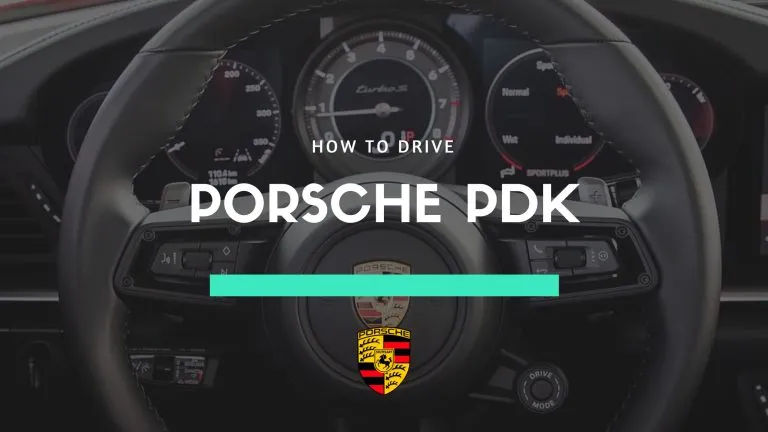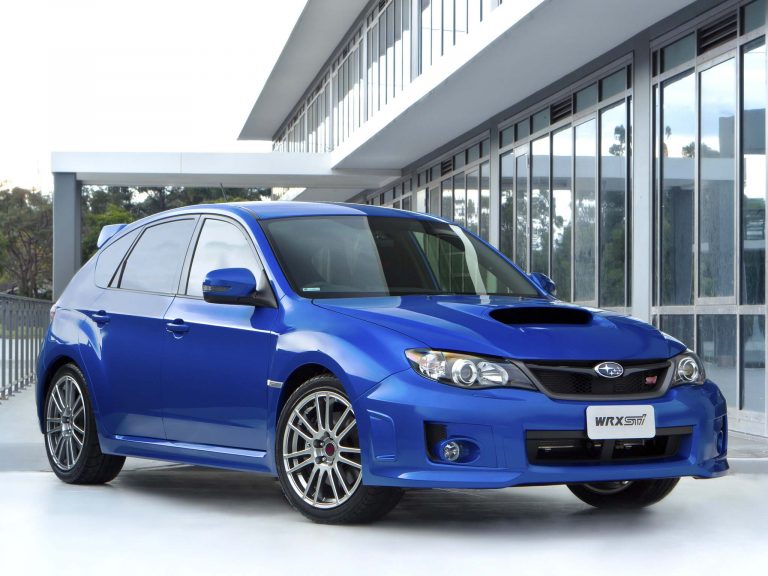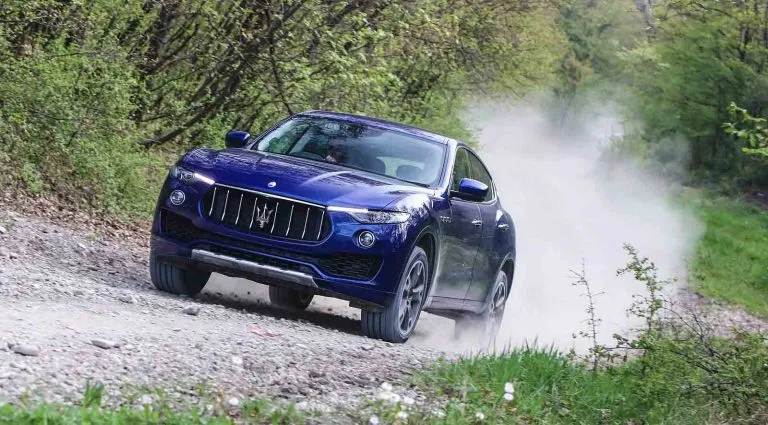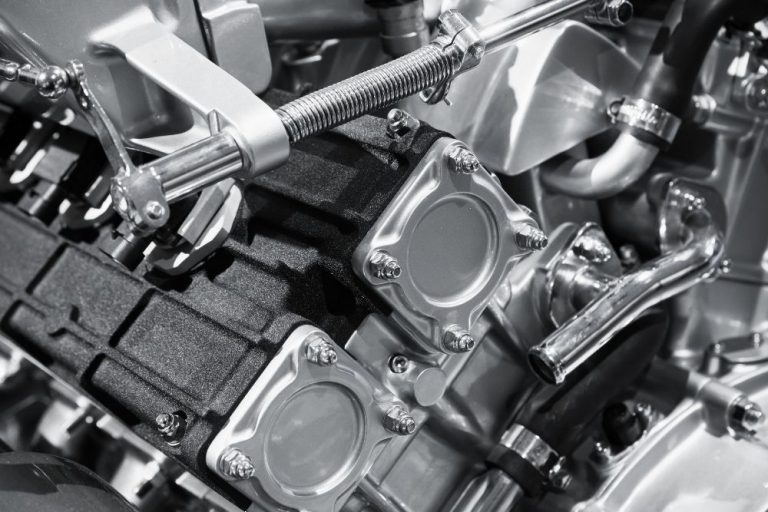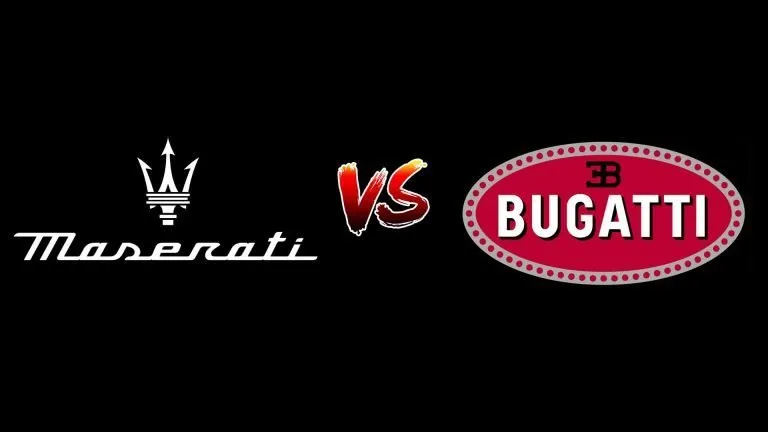Honda EJ8 vs EK – What’s The Difference? (Answered)
If you have owned a 6th Gen Honda vehicle there is a really good chance that you owned either an EJ8 or an EK. These typically come with 8th gen D series engines which are extremely versatile and have been implemented by Honda in a huge chunk of its late 90s early 2000s models for a few obvious reasons.
They are powerful, adaptive, and cost-effective to produce. EJ8 and EK Hondas are referenced by the particular chassis and frames of the model which are extremely similar, but not identical. But what’s the difference between the EJ8 and EK, why are they different, and which is better? Good question! We’ll break it down for you in this short and sweet blog post.
What Is An EJ8?
The EJ8 is a sub-series of the E series frames that you will likely recognize as the standard for most of the older Honda models, coming out between 1995 and 2001. The EJ8 is particularly iconic because, as it is a sub-series of the E series, it isn’t quite as common and you may even necessarily know whether you have one or not.
The EJ8 was used for both the 2-door coupe and the 4-door sedan and came with the D16y8 engine as default. This 1.6 front-wheel drive engine remained popular for about 6 years, especially in Northern America, the United Kingdom, and Australia.
What Is An EK?
The EK is similarly a sub-series of the E series frames, again you likely wouldn’t know you had one unless you had expressly searched for one, and again was used between 1995 and 2001/2002. The EK frame was used on a larger variety of Honda vehicles including 2-door coupes, 3-door hatchbacks, 4-door sedans, 5-door liftbacks, and even 5-door wagons.
The EK was clearly used more frequently and far more variedly, interestingly you would be far less likely to own one. The EK came with the B series B16A2 engine, which was also a 1.6, though it was used for front-wheel or all-wheel drive. The EK is super common in Japan, though it is also coveted in Australia and Eastern Europe.
What Are The Differences and Similarities
While the EJ and the EK are very similar, they are also incredibly different. As you can tell from the above sections, they varied with the type of style of vehicle and they had entirely different engines. The EK was suitable for being an all-wheel drive while that was simply not an option for the EJ8. Why? Because Honda said so.
There is no technical limitation on the EJ8 that says it could not be used for the exact same purposes as the EK. Both have the same 4-speed automatic transmission or 5-speed manual transmission. They have the same base curb weight, at 2601 lbs., and use the exact same brakes. While ABS is not available in all models of EJ8 or EK it is available in both of them, as is a CVT transmission (if you felt so inclined). The EJ8 and the EK use almost identical specs yet there is very little overlap in their markets.
What Honda Vehicles Use The EJ8 And EK?
The Honda EJ8 and EK while very similar, were used in different vehicles. And despite the EJ8 being used in a far smaller range of Honda vehicles by default, there are a lot more of them on the market and the aftermarket marketplace is equally diluted by EJ8 spares. So, which vehicles use the EJ8 and EK chassis?
EJ8:
- 1996-2000 Civic Ex Coupe
- 1996-2000 Civic Ex Sedan
EK:
- 1995-2000 Civic El Hatchback
- 1995-2000 Civic Ferio El Sedan
- 1995-2000 Civic Ri VTI
- 1995-2000 Civic SRI
- 1997-2001 Civic Type R Hatchback
Why Are Both The EJ8 And Ek Used In Honda Civics?
You will find that there are often times near-identical models of Honda vehicles that are almost twins of each other, which can leave you puzzled as to why Honda would bother to make such near-identical vehicles instead of mass-producing one line. The answer is that the less common of the “twin” is likely a JDM. This is exactly what has happened here, where the EJ8 is the North American and European model and the EK is the Japanese Domestic Market Model (JDM).
Why Does The Japanese Domestic Market Get Different Engines and chassis/frames?
Honda has always released Japanese-specific models of their vehicles. And while the reasons are mostly to do with different regulations in Japan vs the rest of the world, it also has to do with what Japanese vs American customers want/expect.
As you can tell by the differences between the JDM EK series and the EJ8, the Japanese market is more likely to want a 5-door whereas the US market is perfectly happy with 2 or 4. Unfortunately, it likely means that while there are bound to be customers outside Japan that would prefer the EK it isn’t worth it for Honda to release that exact spec to the international markets.
Which Is Better The EJ8 Or The EK?
Neither is objectively better than the other. Sure, if you are a Honda purist you might argue that the EK is superior since it’s what they are using in Japan but the specs don’t lie. They are near identical. If you wanted an all-wheel drive vehicle, then obviously the EK is superior because it actually offers 4-wheel drive. If you are just after a Honda Civic then you would likely go with whatever is available. Which, unless you are in Japan, would be the EJ8.
Conclusion
As you can see the EJ8 and EK, while slightly different, are near identical and it’s purely a difference of location whether you would/should have one or the other. There is always going to be a subset of Honda drivers that revere the JDM models, and fair play to them if they genuinely prefer them.
If you don’t care whether your car was intended for the US or Japan, then it doesn’t really matter. You should note though, the EJ8 is far cheaper to acquire in North America as there are more in circulation. Unsurprisingly!


